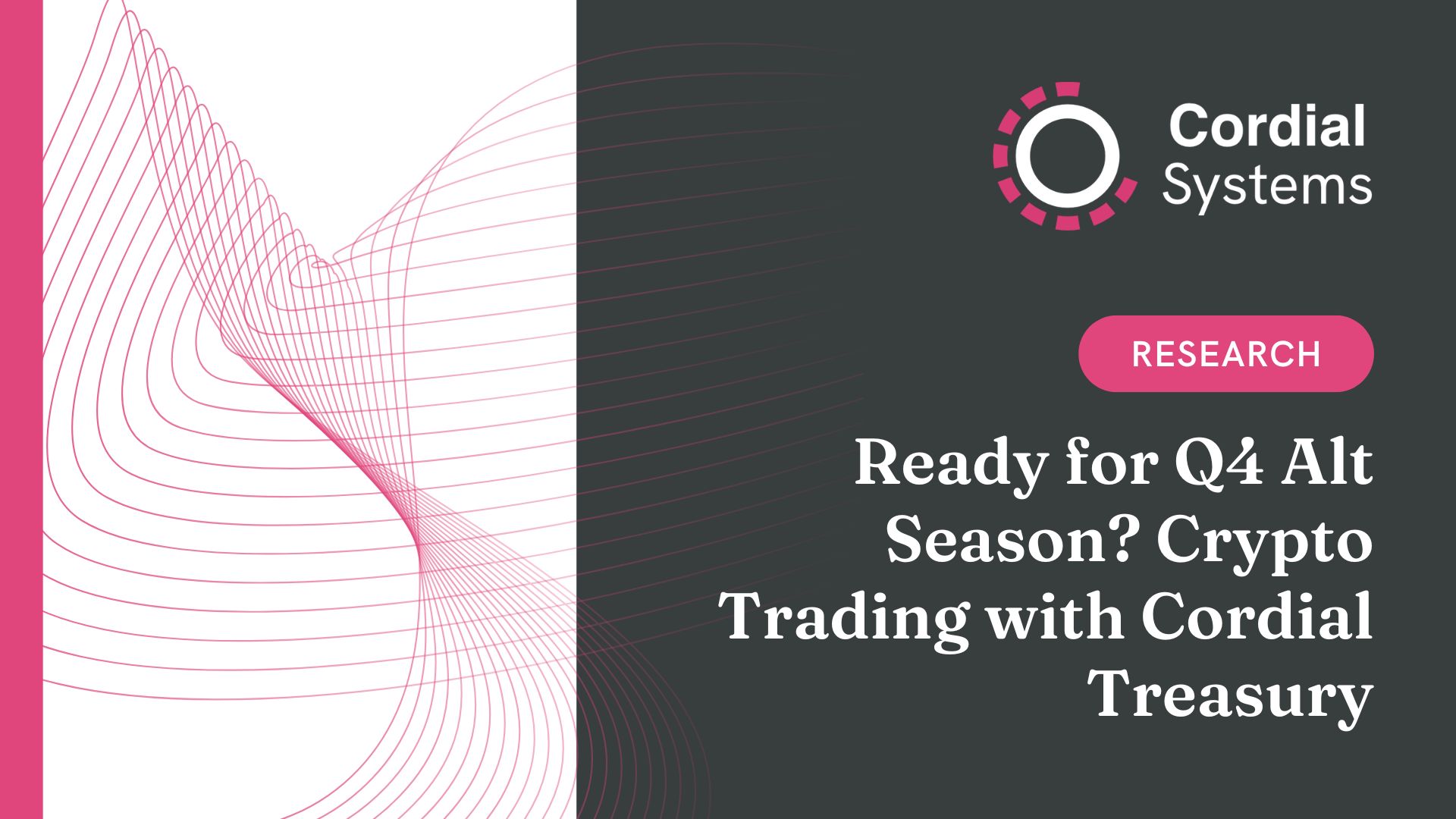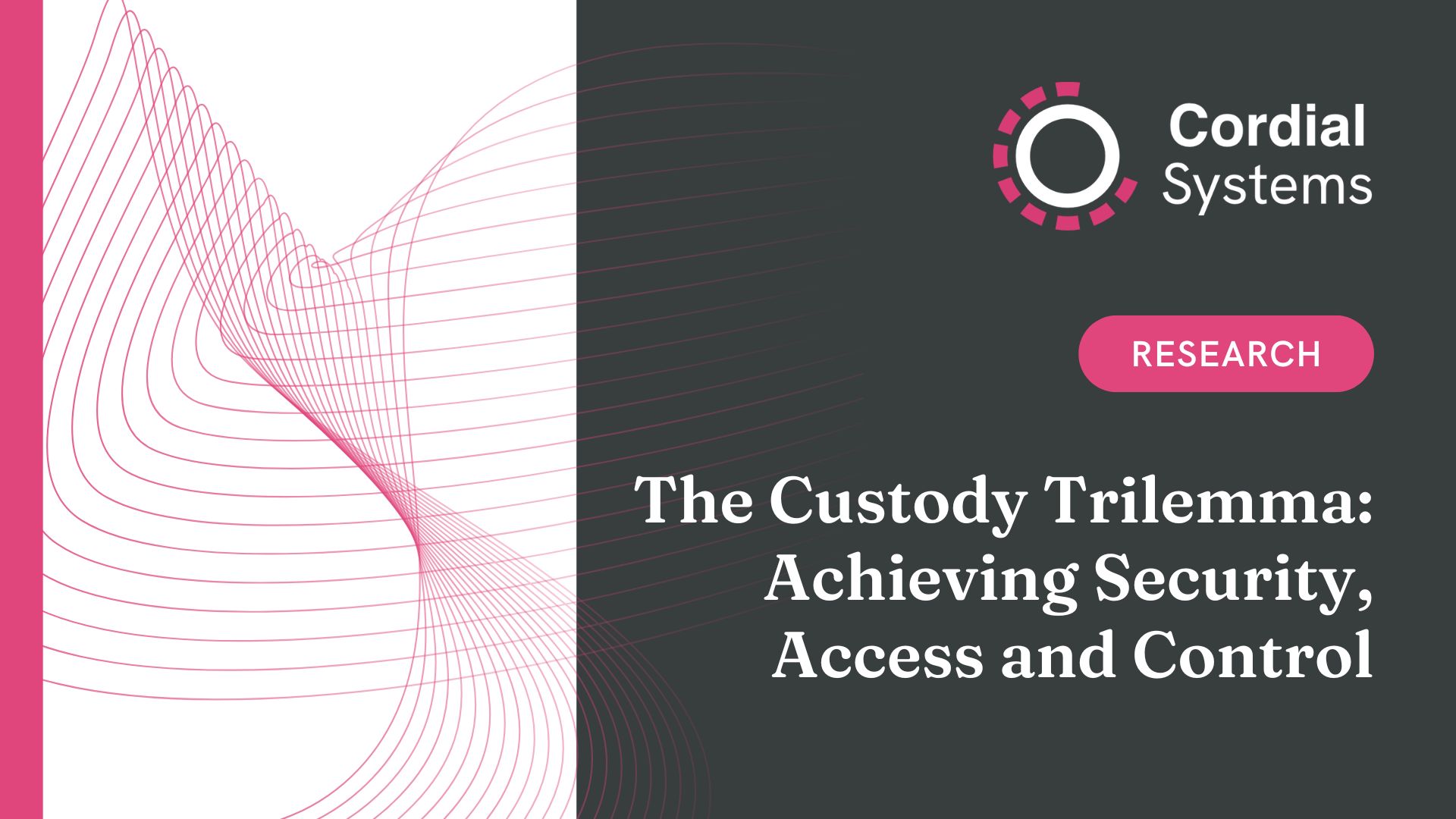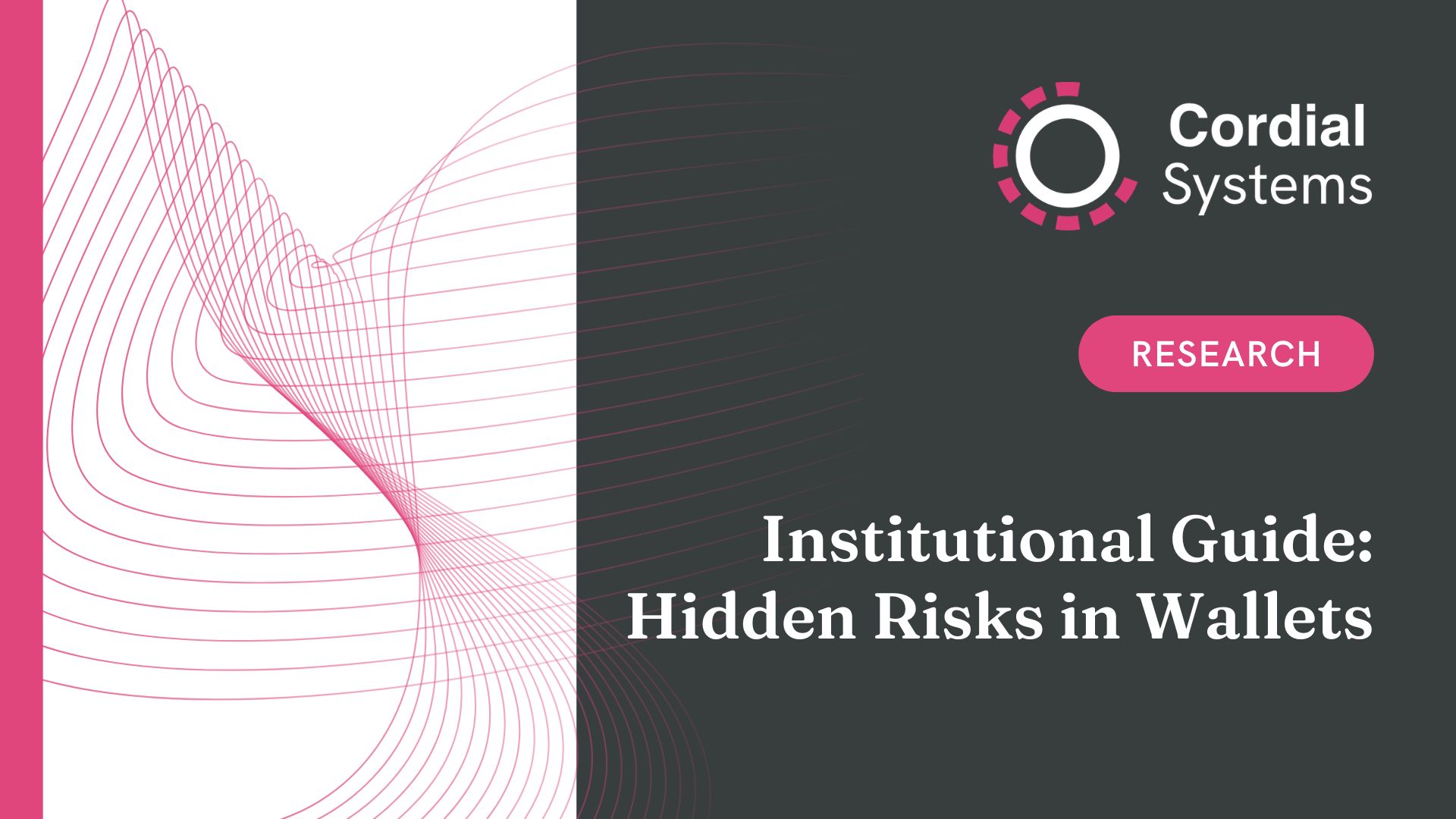_%20A%203-Part%20Institutional%20Guide.jpg)
This article is part of a three-part series on Wallets-as-a-Service (WaaS) for financial institutions.
In this first article, we introduce the concept of Wallets-as-a-Service (WaaS), explain how it works, and explore key institutional use cases. In the second article, we’ll guide readers through the evaluation criteria and architectural decisions that matter when selecting a WaaS provider. The third article will present Cordial Systems’ approach to WaaS and why institutions are turning to self-hosted, programmable wallet infrastructure.
What Is Wallets-as-a-Service (WaaS)?
Wallets-as-a-Service (WaaS) is a service model that enables institutions to integrate secure digital asset wallet functionality into their existing infrastructure through cloud-hosted or self-hosted APIs and SDKs. It provides a programmable interface for managing crypto wallets without requiring firms to build and maintain the complex backend systems that support key custody, transaction workflows, blockchain connectivity, and compliance enforcement.
At its core, WaaS abstracts away the operational complexity of wallet infrastructure while maintaining configurable controls over how digital assets are stored, moved, and monitored. The model allows financial institutions to focus on delivering crypto-enabled products—such as digital payments — without worrying about running any infrastructure.
WaaS usually comes with some in-built controls: policies around access rules, auditability, multi-party approvals, which helps in taking a risk based approach towards managing multiple different wallets. The delivery model typically uses a vendor hosted environment which they maintain, however hybrid or self-hosted configurations are being increasingly demanded by highly regulated firms needing to run their own infrastructure.
How WaaS Works
WaaS platforms are composed of several core components:
1. Key Management Layer
At the heart of any WaaS platform is secure key management. Providers often use Multi-Party Computation (MPC), Threshold Signature Schemes (TSS), or Hardware Security Modules (HSMs) to manage cryptographic keys across distributed environments. This reduces the risk of compromise and together with policy-based controls ensures that signing operations are secure.
2. Transaction and Policy Engine
This layer governs how transactions are authorized and executed. Institutions can define policies such as multi-approver workflows, spending limits, geographic restrictions, and allowlists for destination addresses.
3. API/SDK Interface
The integration layer offers REST APIs or SDKs for operations such as:
- Creating and managing wallets
- Signing and broadcasting transactions
- Monitoring balances and transaction history
- On-chain event polling
4. Blockchain Connectivity
WaaS platforms maintain connections to major blockchains and ensure high-availability transaction broadcasting. This relieves institutions of the need to run and maintain their own nodes. While not a security concern, it should be viewed as an availability risk so make sure your vendor has multiple RPC node failovers.
5. Security, Monitoring & Compliance Tooling
Modern WaaS solutions include real-time audit logs, access control systems, and integrations with compliance workflows such as KYC/AML screening or the Travel Rule - the cryptocurrency equivalent of the wire transfer rule to ensure payment originator and beneficiary information is sent along with the transfer of value. There can also be a possibility of further programmatic processes to be included as part of “pre-flight” control checks prior to building any transaction that might be sent.
Key Institutional Use Cases for WaaS
Custodians & Banks
In some instances traditional banks and custodians can use WaaS as a part of deploying white-labeled custody offerings for clients: integrate on-chain settlement, digital asset safekeeping, and tokenized asset administration into core banking platforms. However, they will almost certainly need to self host this mission critical IT infrastructure - material outsourcing arrangements in this area are highly problematic for the most heavily regulated firms. The do-it-yourself risk and security culture of the banks also demand this level of control in order to meet their own obligations directly.
Trading Platforms & Exchanges
Centralized exchanges rely on WaaS to manage operational wallets with programmable rules for withdrawals, settlement flows, internal treasury movements, and exchange-controlled risk mitigation policies. Depending on their regulatory framework they will likely have more room to manoeuvre and may opt for the convenience of SaaS components, hybrid, or self host.
Fintechs & Neobanks
WaaS enables fintechs to embed crypto wallets into consumer-facing apps, offer crypto-backed debit products, or facilitate stablecoin-based remittances and international payments. Neobanks use WaaS to provide native crypto accounts alongside traditional finance services which are increasingly becoming a part of embedded finance.
Asset Managers, Hedge Funds & Family Offices
Institutional investors use WaaS to secure fund assets, configure policy-based signing workflows for portfolio managers and operations teams, and integrate on-chain staking, yield, and fund accounting into their tech stack—all with audit-grade control.
Conclusion
Wallets-as-a-Service (WaaS) offers institutions a streamlined path to adopting secure digital asset infrastructure without the burden of building it from scratch. By abstracting complex wallet operations—such as key management, transaction signing, and compliance tooling—WaaS platforms enable financial institutions to scale digital asset services with greater speed and efficiency. From fintechs and exchanges to asset managers and Web3 platforms, WaaS is a foundational building block for the next generation of financial services.
In Part 2 of this series, we’ll dive into how financial institutions can evaluate WaaS providers, including what architectural decisions and risk tradeoffs matter most.





